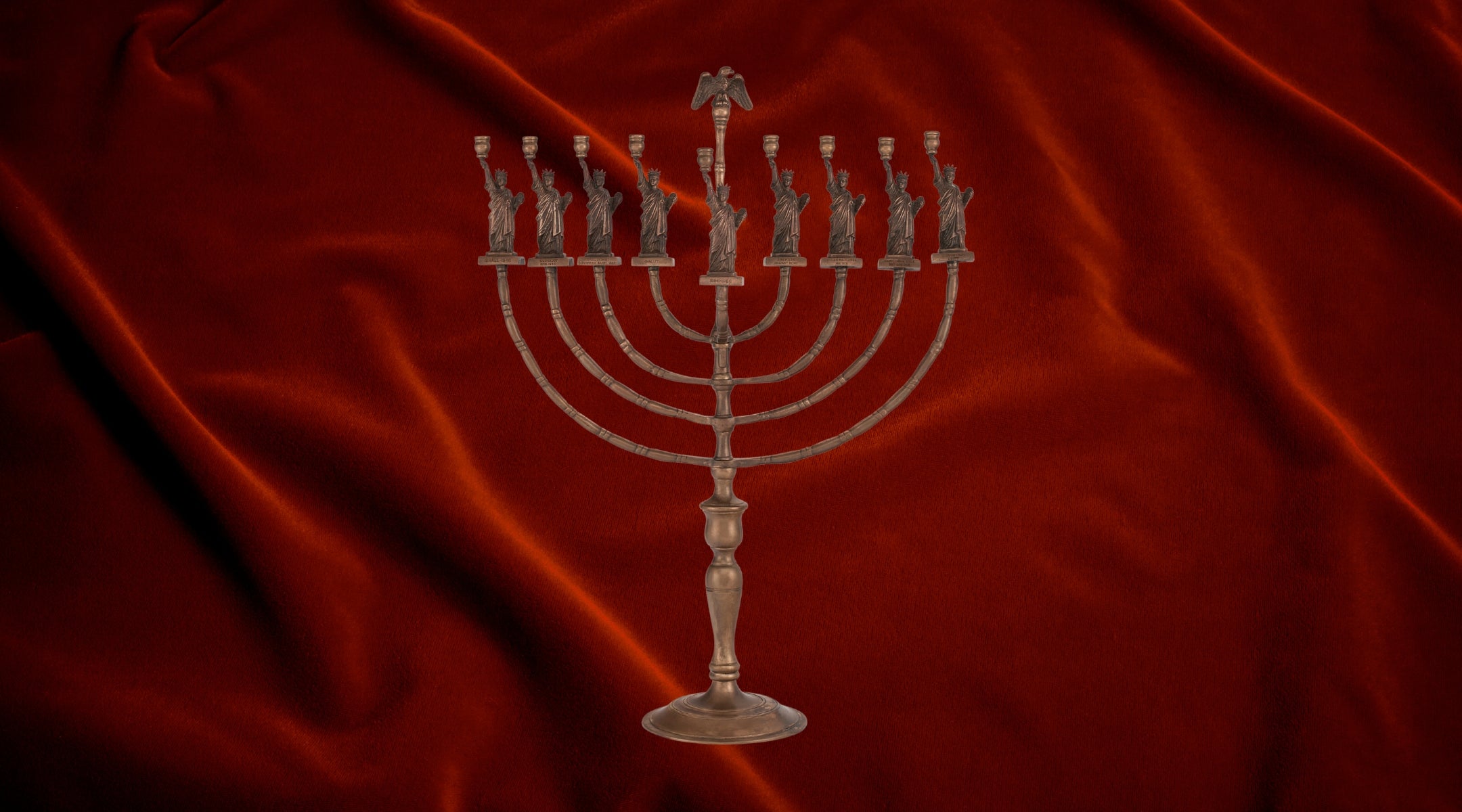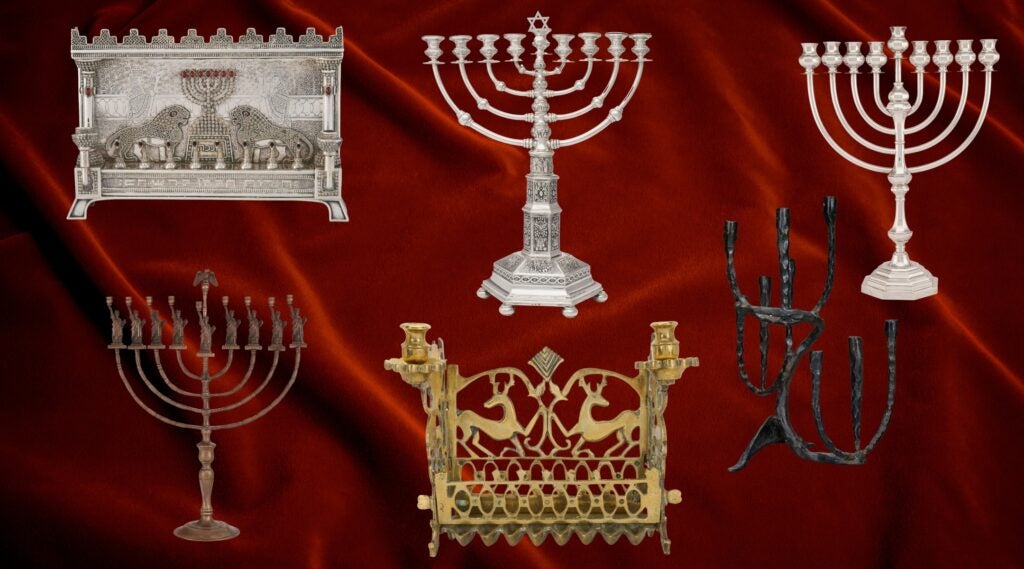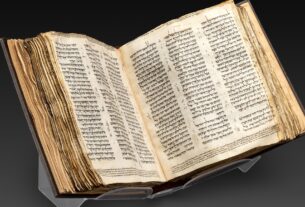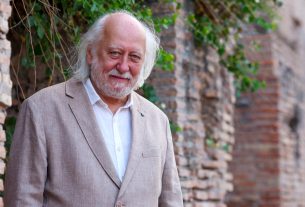A silver Tiffany & Co. menorah from the year 2000. A bronze, 23-inch tall Statue of Liberty menorah made in 1986 in New Jersey by German-born artist Manfred Anson. A silver Hanukkah lamp, inlaid with carnelian stones, that was made in the early 20th century at the Bezalel school in Jerusalem.
These are just a few of the 35 unique and historic menorahs that famed auction house Christie’s is selling ahead of the Jewish holiday of Hanukkah, which this year begins on Dec. 14.
The menorahs, which come from the collection of attorney and Judaica collector Max N. Berry, will be sold by Christie’s in a private sale, also known as a selling exhibition, from Tuesday through Dec. 22. Their prices range from $5,000 to $30,000.
If you don’t have such shekels to spend on a menorah, fear not. It doesn’t cost a thing to admire Berry’s collection of of Hanukkah lamps: They will be on public view at Christie’s Rockefeller Center (20 Rockefeller Plaza) from Dec. 5 through 12.
“It is a tangible embodiment of my religious heritage which I wanted to explore, study and understand,” Berry, who will be 90 next month, told the New York Jewish Week about his menorah collection. “No other collection of mine creates such personal and deeply felt reactions of others and ourselves.”
Other menorahs in the private sale include an early 20th-century German silver Hanukkah lamp, engraved with the name of artisan Emil Freund of Hanau; a 14-inch hammered iron menorah created by David Palombo in Israel in the mid-20th century, and a Polish-made brass menorah with two deer engraved on its backplate.
A Polish brass menorah up for private sale at Christie’s. (Christie’s Images Ltd. 2025)
“Max Berry’s Judaica collection is world-renowned and we are looking forward to offering a wide selection of pieces at auction in the coming year,” said Casey Rogers, a senior vice president at Christie’s and head of “Collector/Connoisseur, The Max N. Berry Collections: Selected Hanukkah Lamps” exhibition. “At the same time, we also thought it would be a lovely idea to present this selling exhibition of menorahs just in time for Hanukkah!”
In addition to Judaica, Berry collects American and Chinese art, Western and Indigenous works, Modern masters, and important art and artifacts from Nantucket, where he currently lives with his wife Pam. Next year, Christie’s will host a comprehensive auction of rare and important pieces from Berry’s extensive Judaica collection, though the auction house declined to provide additional details.
The menorahs, by contrast, will not be sold at auction; in recent years, as auction sales have declined, Christie’s has increasingly engaged in private sales, where interested buyers are offered the chance to buy objects behind closed doors. In 2024, total auction sales at Christie’s were $4.2 billion — a 16% percent drop from $5 billion the prior year — while private sales rose 41 percent, from $1.1 billion to $1.5 billion, according to Artnet.

A Bezalel silver menorah up for private sale at Christie’s. (Christie’s Images Ltd. 2025)
“It’s probably because we are in such uncertain and volatile times,” Adrien Meyer, Christie’s global head of that business, told the publication about the increase in private sales. “Uncertainty triggers the need for a level of reassurance and that’s what private sales provide.”
Past Judaica sold at Christie’s include a 18th-century Torah finials or rimonim, sold in 2023 for $226,800; a Continental-style silver menorah with detachable oil font, sold in 2018 for $5,000; and the Rothschild Torah ark, sold in 2014 for $1.565 million.
Berry — who declined to share why he was selling this menorah collection — was born and raised in Oklahoma. His interest in collecting began with stamps, coins and marbles. He graduated from Georgetown University Law Center and spent most of his professional legal career as an attorney in Washington, D.C., where he was a member of and donor to Congregation Adas Israel. Berry has served as a board member at a number of art institutions, including the Metropolitan Museum of Art, the National Gallery of Art and the Smithsonian, where he served as the chair of the board of directors.
“What is fascinating to me is that while the objects are universal, the designs reflect the aesthetic and craftsmanship of their country of origin,” Berry said of his menorah collection. “In other words, part of the appeal of Judaica is the diversity of interpretation among cultures, while the nature of the lamps — eight arms and a shamash — is universal. Each country has distinct stylistic and symbolic features.”

A Statue of Liberty Menorah up for private sale at Christie’s. (Christie’s Images Ltd. 2025)
Berry thinks of Hanukkah as a “very personal family tradition,” he said over email.
“Emotional bonds grow through the lighting of the family Hanukkah lamp each year through this ritual which connects past generations to the present and future generations,” he added. “For me, I particularly treasure the memories of my mother lighting our Hanukkah lamp and the delight of celebrating with my father and brother, of my family lighting our Hanukkah lamp every year and the joy of the 8 days of gifts and playing with dreidels for my young children, then grandchildren. And, thinking of eventually, their lighting their own Hanukkah lamps with their grandchildren.”
As it happens, Christie’s is not the only place in New York to view unique Hanukkah menorahs ahead of the eight-day holiday: At the newly-renovated Jewish Museum, an exhibition on the fourth floor showcases more than 130 Hanukkah menorahs from the ancient times to the present.
Power local Jewish news that matters to you. Your year-end donation ensures we can document the essential stories for Jewish New Yorkers, from City Hall to your local bagel shop.




